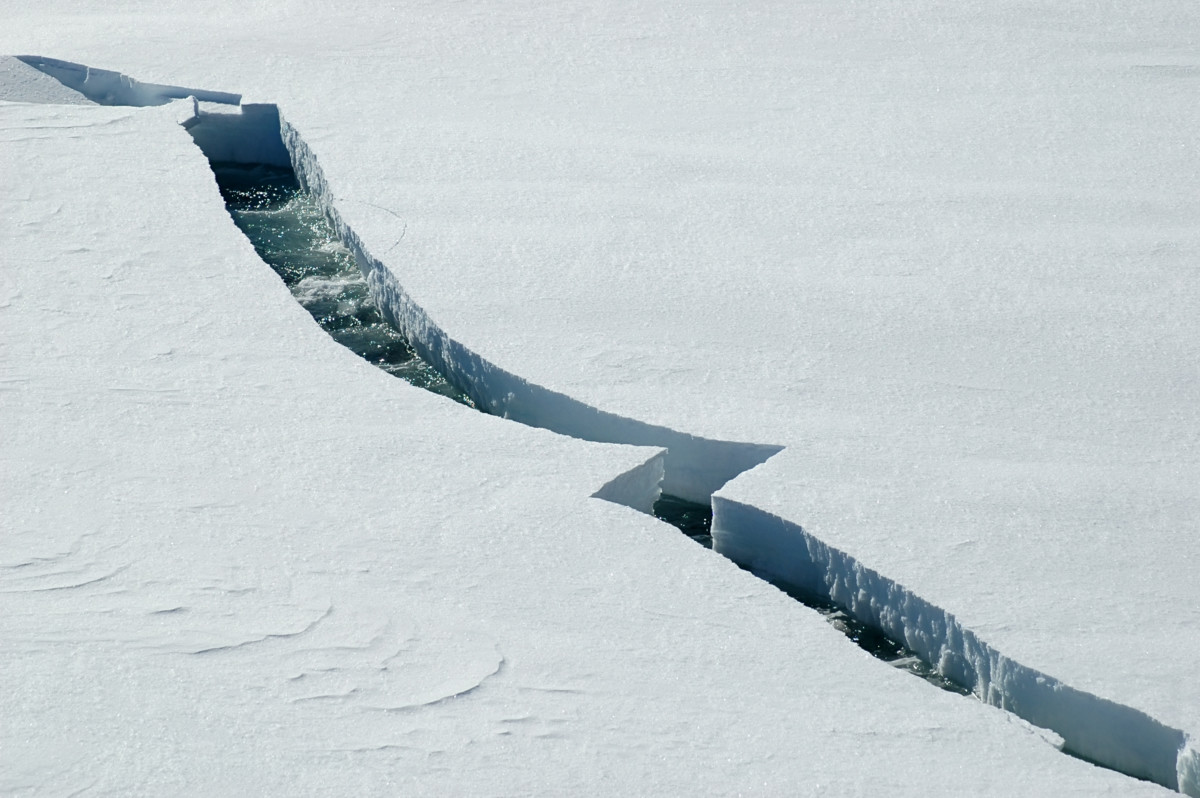Damage from Methane Release by Arctic Permafrost Could Cost $60 Trillion

World’s poorest would bear 80% of costs
Washington DC, July 25, 2013 – Warming caused by methane released by thawing Arctic permafrost could cost the world more than $60 trillion in damages, according to a new study published yesterday in Nature, nearly equal to the 2012 global GDP of $70 trillion. The study estimates that the release of methane trapped in East Siberian Arctic Shelf over a decade could push global temperatures over the 2°C guardrail, beyond which impact could be come unmanageable, 15 years earlier that the current 2050 date, or as soon as 2035.
The Arctic is warming at twice the global rate, and Arctic summer sea-ice is melting at an accelerating rate, reaching a new record summer minimum in 2012, with the possibility of an ice-free Arctic as early as 2015. Arctic warming feeds upon itself when reflective sea-ice is replaced with darker water causing increased warming.
The increased warming could cause the release of methane trapped in the undersea permafrost, leading to even greater warming. According to the Arctic Council’s Arctic Monitoring and Assessment Programme, the southern limit of Arctic permafrost has already moved northward by as much as 80 km in Russia and 130 km in Quebec since the 1970s. Arctic permafrost is estimated to contain more than twice as much carbon as the entire atmospheric carbon pool.
If the methane release occurred more slowly, over twenty or thirty years, total costs would be nearly the same ($64.5 and $66.2 trillion respectively). The costs would be cut in half if only half as much methane is released. The study included costs from sea-level rise, health and agricultural impacts, and extreme weather, using an updated version the Integrated Assessment Model used in the 2006 Stern Report.
Nearly 80% of the cost would be borne by the poorer regions Africa, Asia, and South America, in the form of extreme weather, poor health, and lost agricultural productivity.
“The best way to slow the warming in the Arctic is to cut black carbon soot and other short-lived climate pollutants,” stated Durwood Zaelke, President of the Institute for Governance & Sustainable Development. “Cutting black carbon and other short-lived climate pollutants can cut the rate of warming in the Arctic by two thirds. It also will save millions of lives every year that are now lost to black carbon pollution.”
The Climate and Clean Air Coalition to Reduce Short-Lived Climate Pollutants is the only global organization dedicated to reducing black carbon and the other short-lived pollutants. It was launched last February by then Secretary of State Hillary Clinton, and now has more than 60 members, including 32 countries, plus the World Bank, the World Health Organization, and UNEP.
The Nature study is here
The underlying study on ESAS methane release is here IGSD’s Primer on Short-Lived Climate Pollutants is here